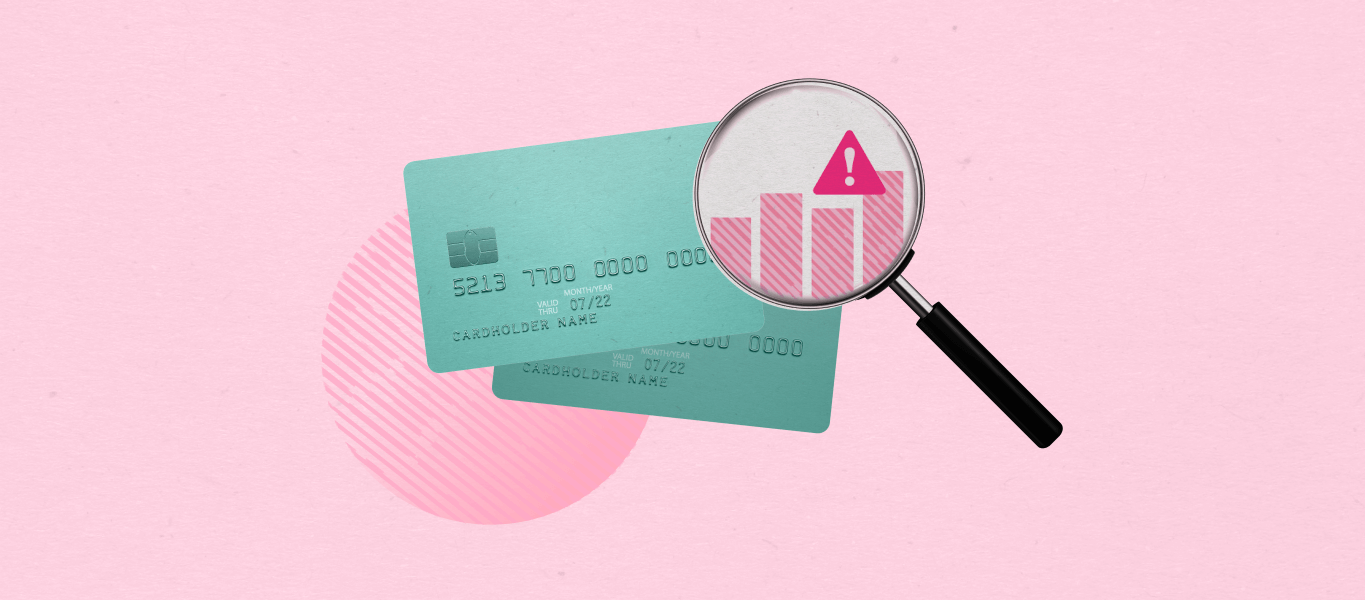Payment method
Get started with RechargeWhat is a payment method?
A payment method is a way that customers pay for a product or service. In a brick-and-mortar store, accepted payment methods may include cash, a gift card, credit cards, prepaid cards, debit cards, or mobile payments. For an ecommerce business, online payment methods may include credit or debit card options, prepaid cards, gift cards, a direct debit or transfer from a bank account, payment processors, and more.
Within each type of payment method, there are often multiple payment options. For example, payment processors can include Stripe, Authorize.net, Braintree by Paypal, Shopify Payments, and more, while credit card options can include American Express, Mastercard, Visa, and Discover. Other payment methods include Google Pay and Apple Pay.
Best business practices to manage payment methods
When determining which and how many options for different payment methods to offer your shoppers, it’s important to strike the right balance. Offering options for multiple payment methods allows your customer base flexibility to use their preferred payment method or backup payment methods when interacting with your business. After all, not all payment methods work for every customer. However, if there are too many available payment methods on your checkout page, you may introduce unnecessary complexity to the checkout process.
Therefore, it’s important to do your research. Consider the location of your customers, as certain payment methods may be more popular in some countries than others. Different geographic locations, too, may have different preferred payment methods. Keep your omnichannel experience in mind: Are your customers purchasing more online versus in your physical stores? If so, this may alter your selection of payment method options.
The impact of failed payments
Another key element to consider is whether your brand offers recurring payment options (such as subscriptions and memberships), one-time purchases, or a combination. After all, this can not only impact the payment methods you choose to offer, but also the strategies you require to keep payment information up to date.
Because recurring customers do not input their payment details every time they order from you, certain payment issues can present the risk of involuntary churn. Therefore, it’s important to have the proper strategies in place to keep payment information accurate. Depending on the business, these could include easy subscription management options (such as the ability to add a new payment method or update a billing address) or strategic outreach when a customer’s credit card is about to expire.
Relevant articles

Expand your business with multi-currency, integrated with Shopify Markets
Sanjot Harsoor March 22, 2023 Mar 22, 2023

Prevent passive churn with automated Recharge dunning features
Nalin Chuapetcharasopon July 25, 2022 Jul 25, 2022

